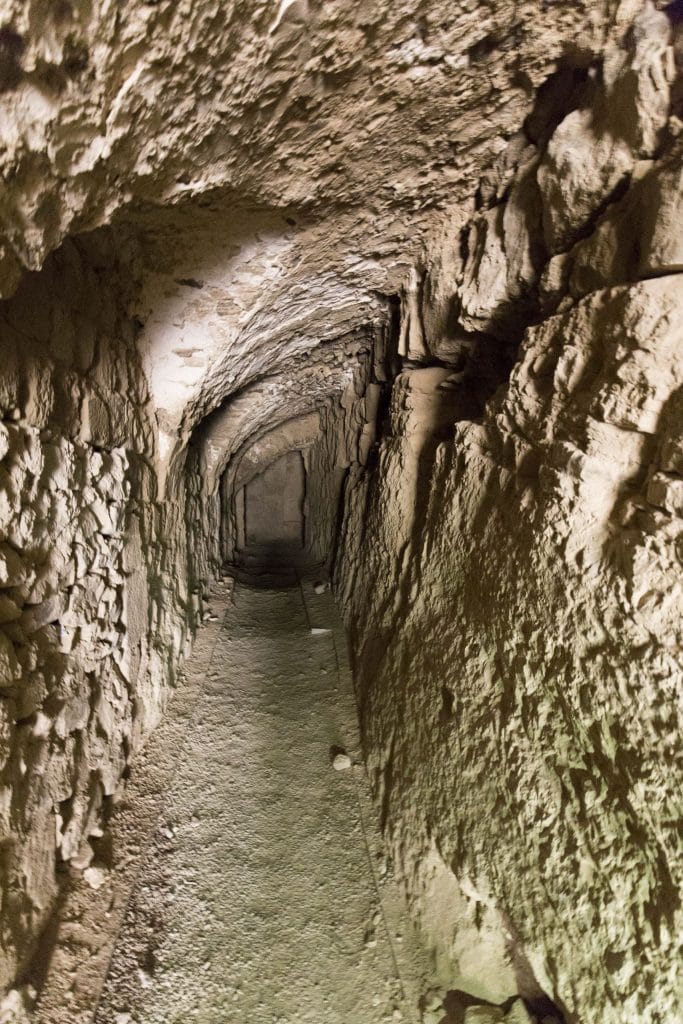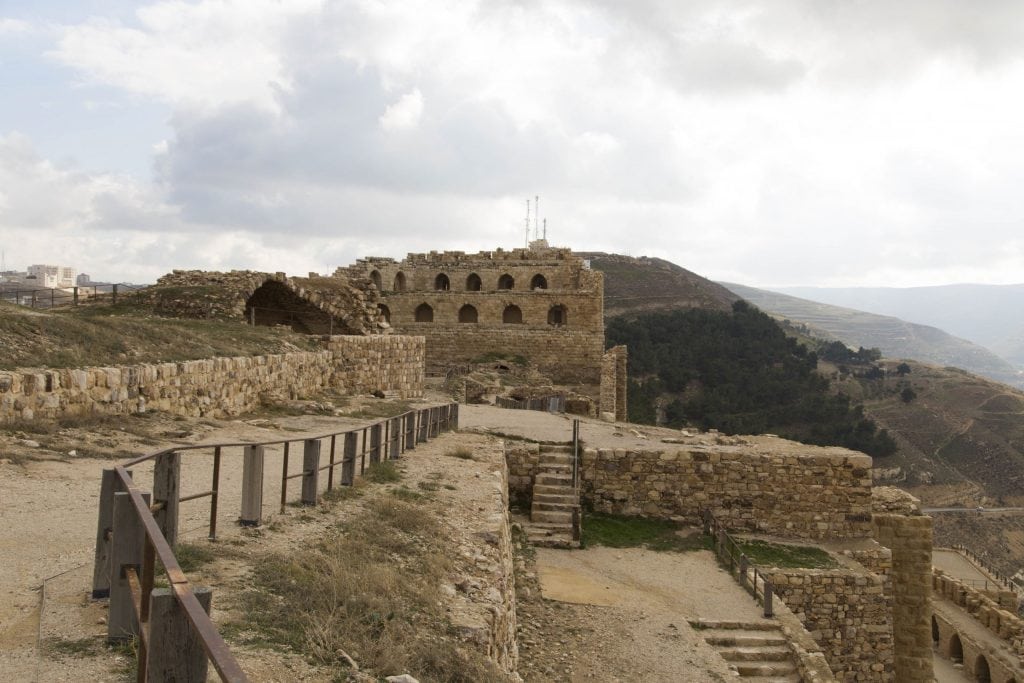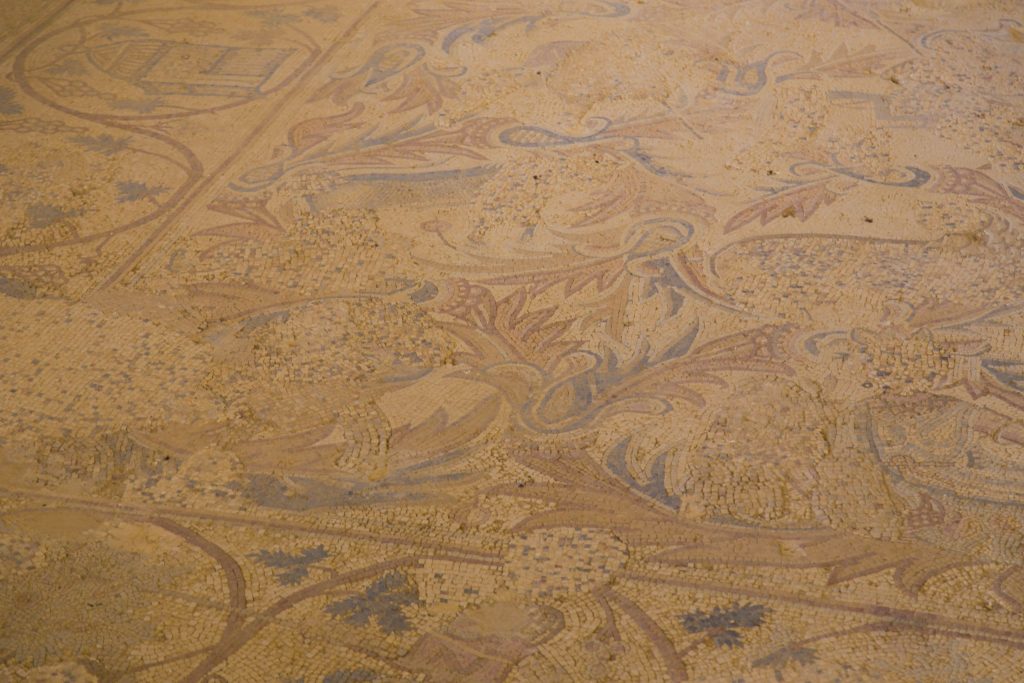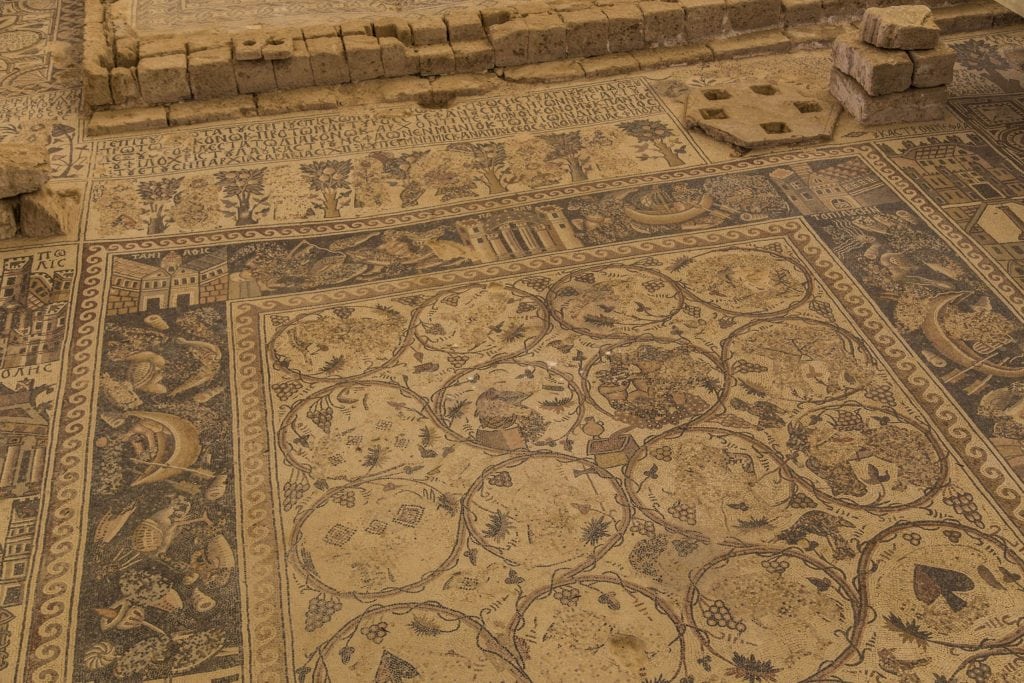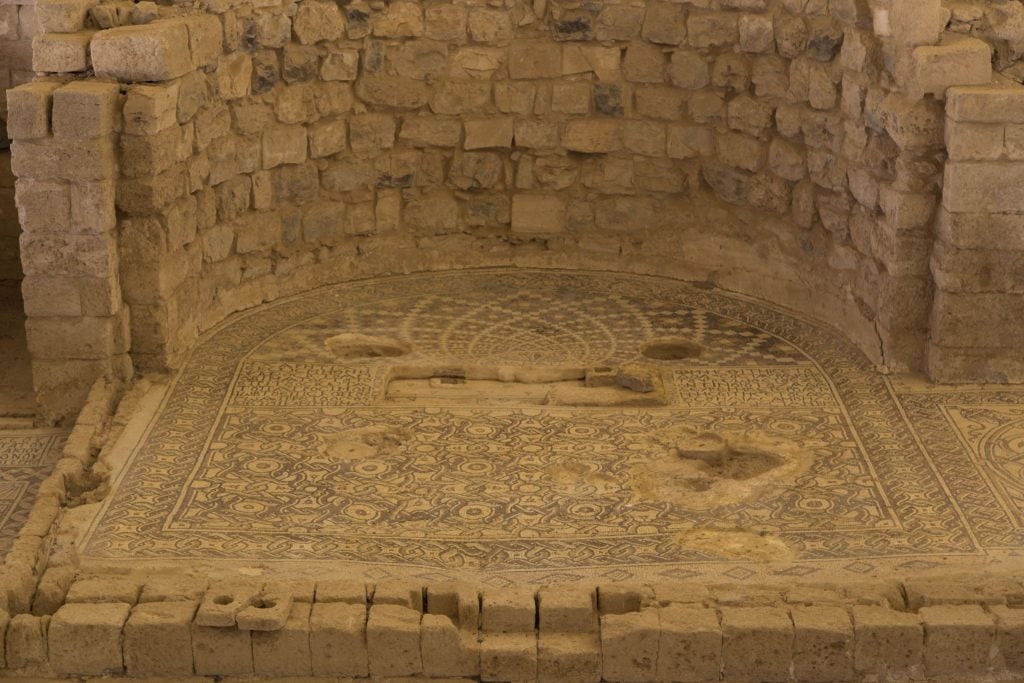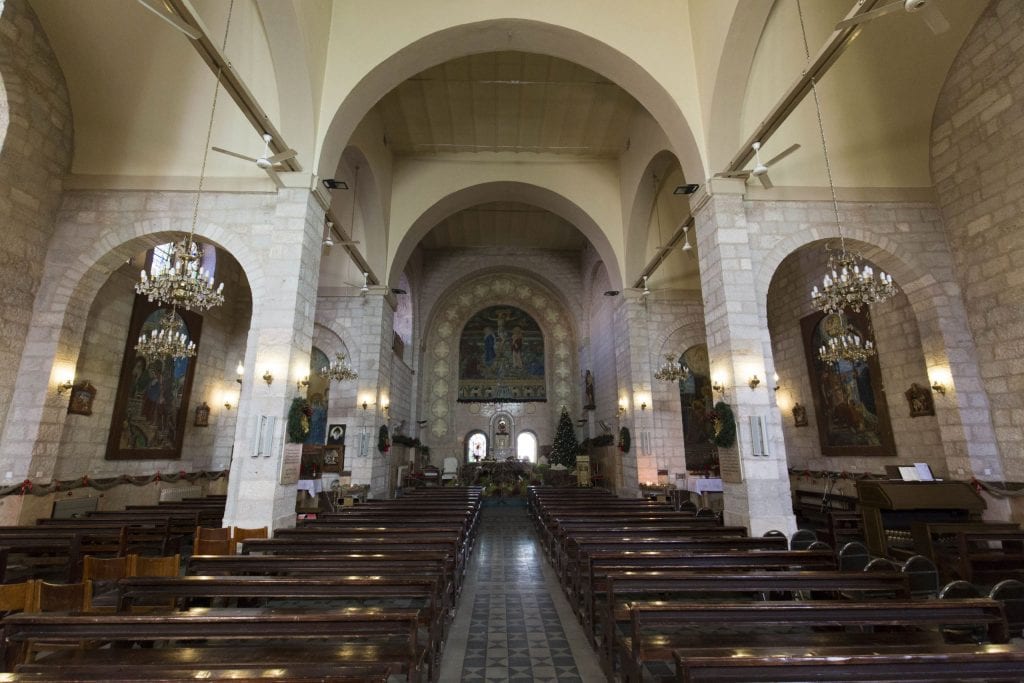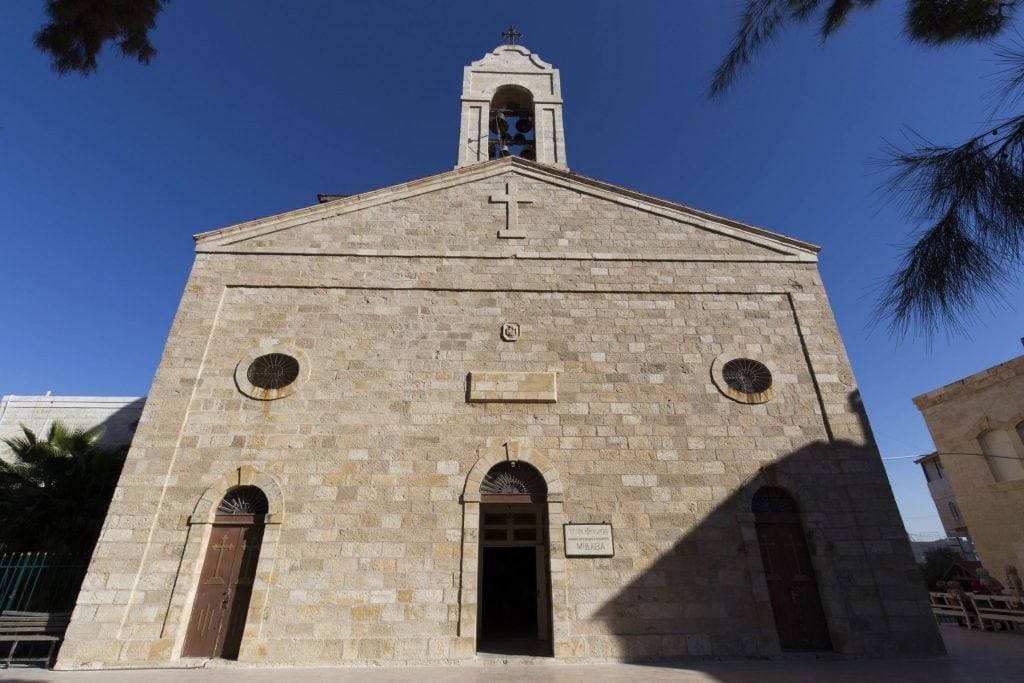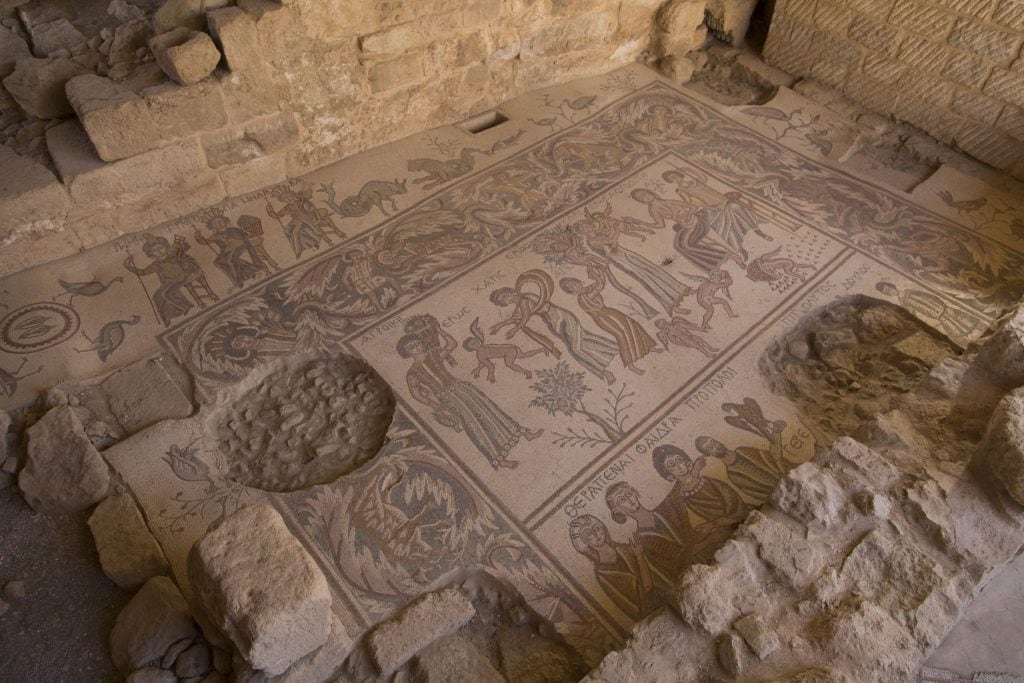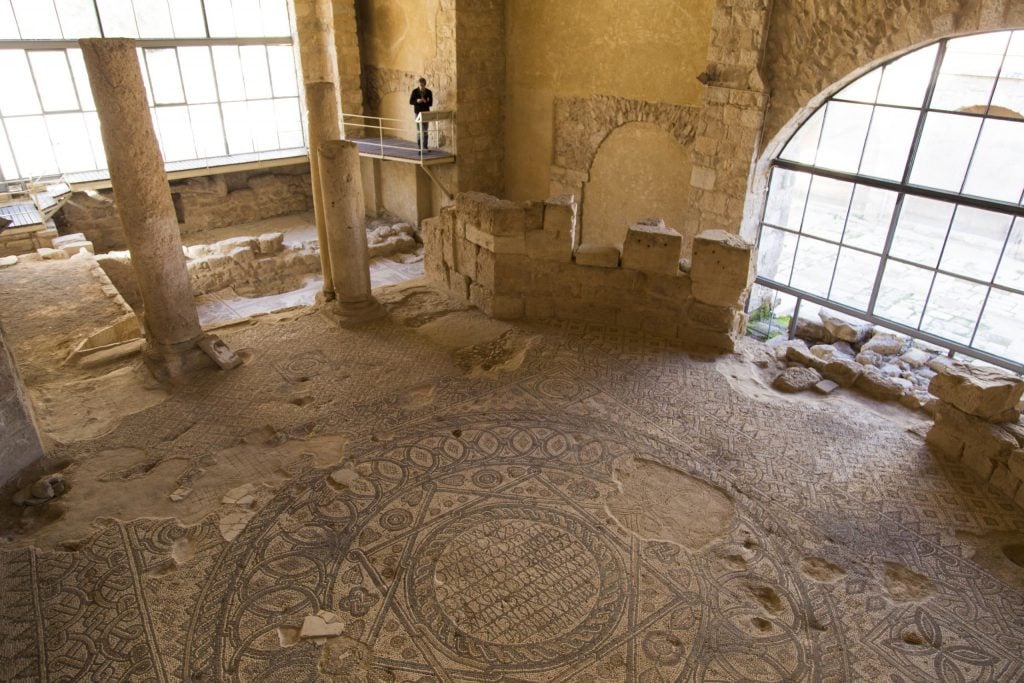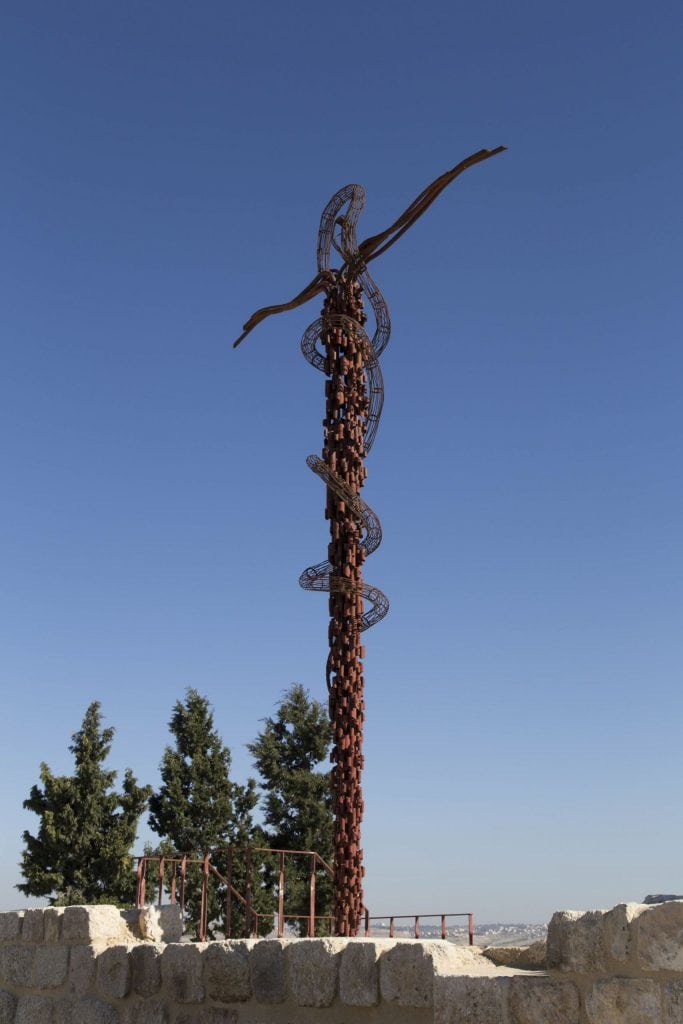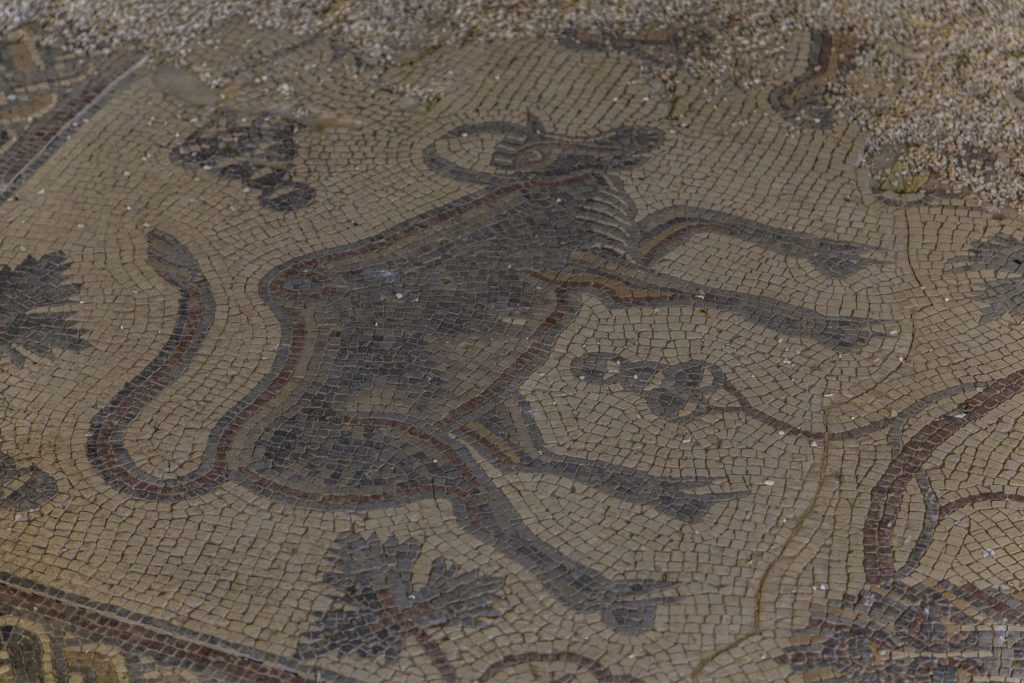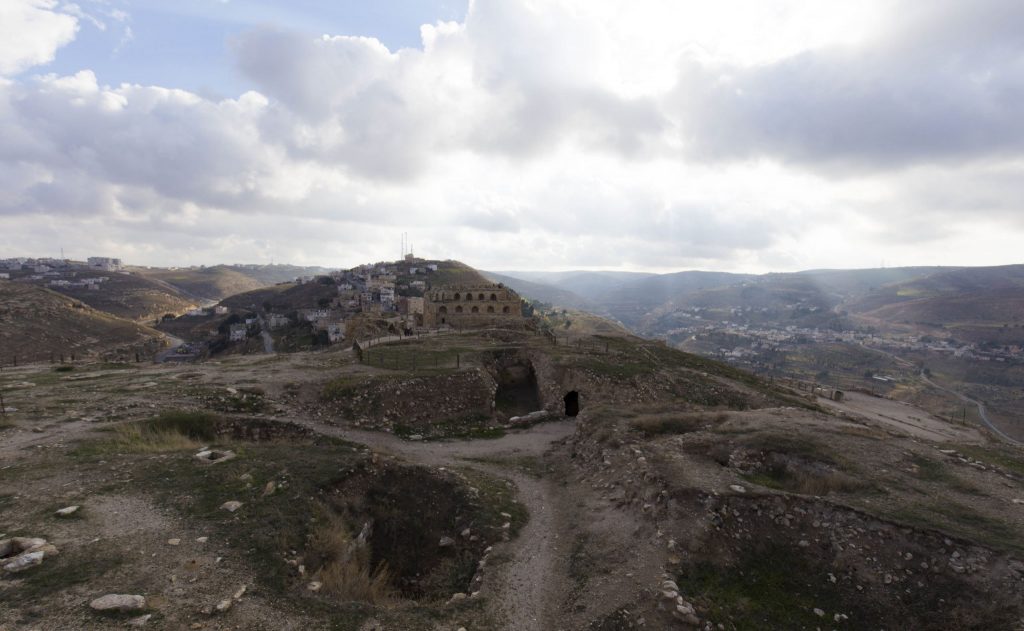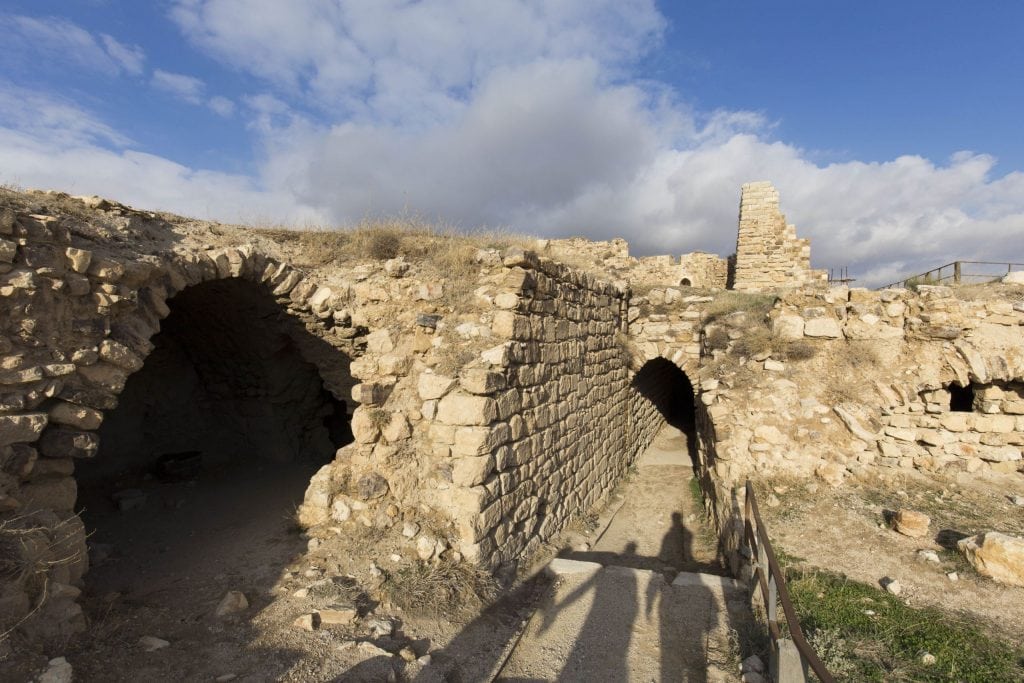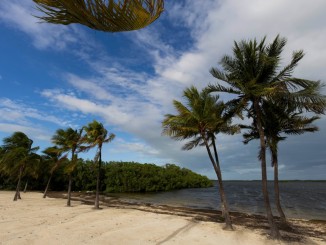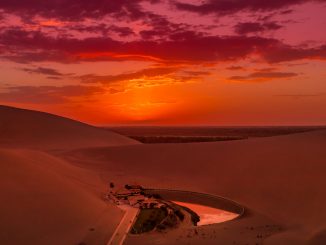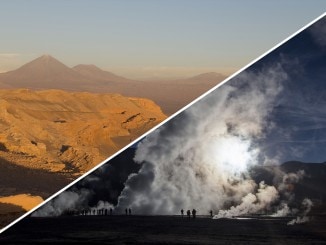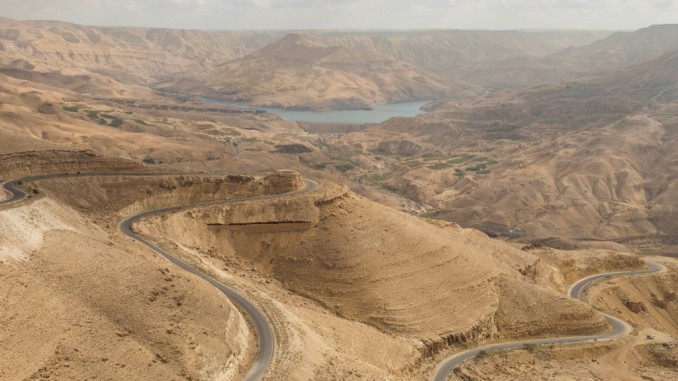
Table of Contents
Driving from Amman to Aqaba can be done quickly over the new desert highway but you can also opt to take the old King’s Highway and see some interesting places along the way. This is what I did with my family during our road trip in Jordan. We actually did the below itinerary not all in the same day, but it can be done when driving to Aqaba. Keep in mind you will arrive very late evening. Now I will take you back in history, enjoy!
The King’s Highway
The King’s Highway history dates back to several centuries BC when Nabataeans who lived in Petra already used it. In its glory days the route extended from Egypt through today’s Jordan all the way to Mecca. Nowadays the route in Jordan is a well paved road leading from Amman to Aqaba. We drove towards Aqaba and visited Umm ar-Rasas, Wadi Mujib and the Kerak Castle after which we drove towards the dead sea and took the lower route further to arrive not to late evening in Aqaba. We later visited Mount Nebo and Madaba on a morning from the Dead Sea. It is however perfectly possible to visit everything in one day too. The King’s Highway has also some amazing views when you pass through for example the Wadi Mujib.
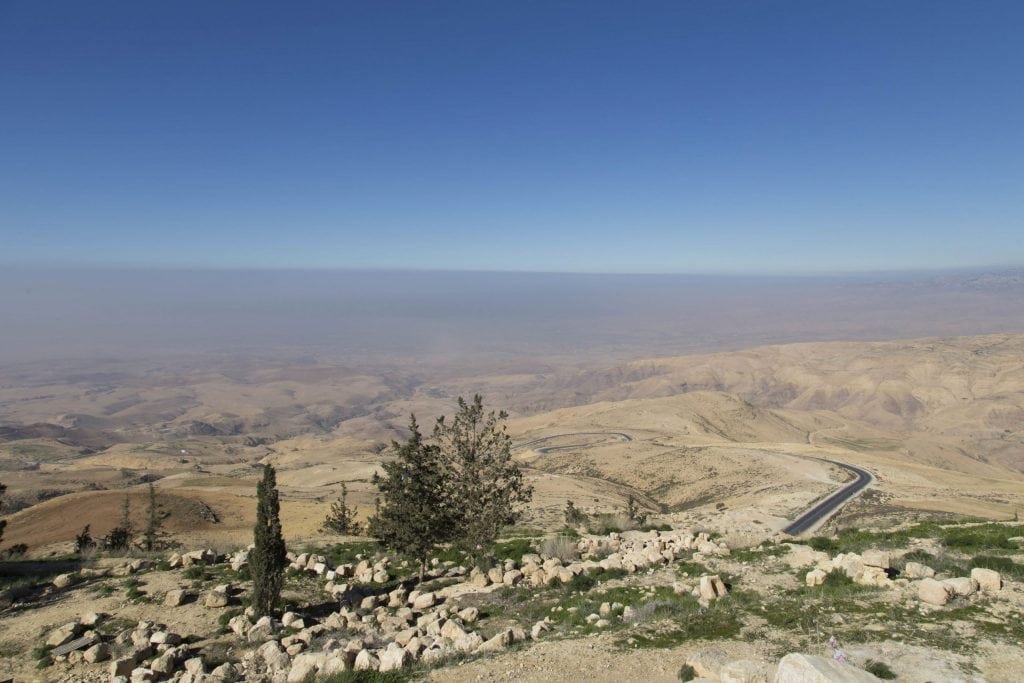
Mount Nebo
Mount Nebo is the mountain ridge where Moses supposedly had a view over the Promised Land. According to the bible Moses died on this mountain and got buried in one of the valleys around it. His stone tablets of the 10 commandments are supposed to be hidden somewhere there too. It is a nice place to stop in the morning and have a nice view towards Israel where you can, if weather permits, see Jericho and sometimes Jerusalem. The bible is sure on one thing: the view is amazing!
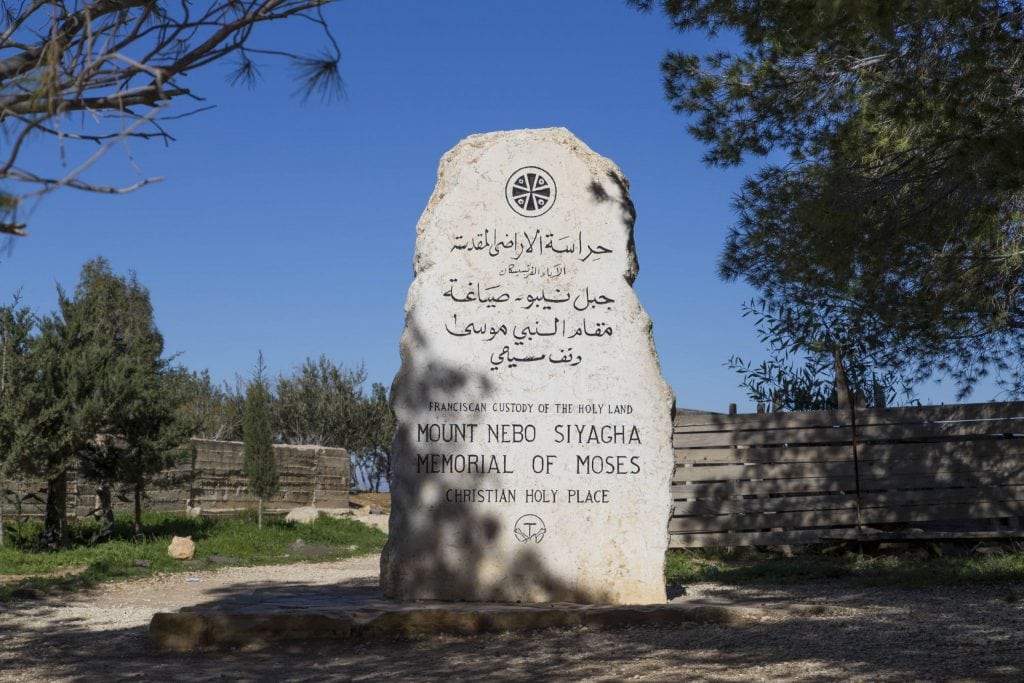
Remains of churches have been discovered dating back to the 4th century when the King’s Highway flourished. They contain beautiful mosaic floors but during our visit the new church was under renovation and we could only see the outside of the building. There were a few mosaics on display in tents however. We finished the place in 30 minutes and went onward to Madaba to spend the rest of the morning and to have lunch.
Madaba – City of Mosaics
Madaba is a city not far south of Amman in Jordan and part of the King’s Highway. It’s famous for its mosaics and a must see in Jordan. Civilization started as early as 3000 BC in Madaba but the current remains date from the 2nd century Roman Empire and Christian inhabitants in the 5th – 7th century AD. Park your car around the Church of the Virgin Mary which is the starting point of the walk through the Madaba Archeological Park. The Church of the Virgin Mary was built on top of earlier Roman remains which now are vaults and arches below the church. In all of Madaba old Roman remains can be found below the current street level. They were re-used in Byzantine and Islamic buildings and therefore many houses have Mosaics under their floors. When you enter the church there are several beautiful Mosaics on display. There are guides who can walk with you for a small fee and they will spray water on the mosaics which makes the colors come to life! Make sure they take you to the Tree of Life Mosaic which is a bit hidden in a small room, a very nice example (see photo in gallery).
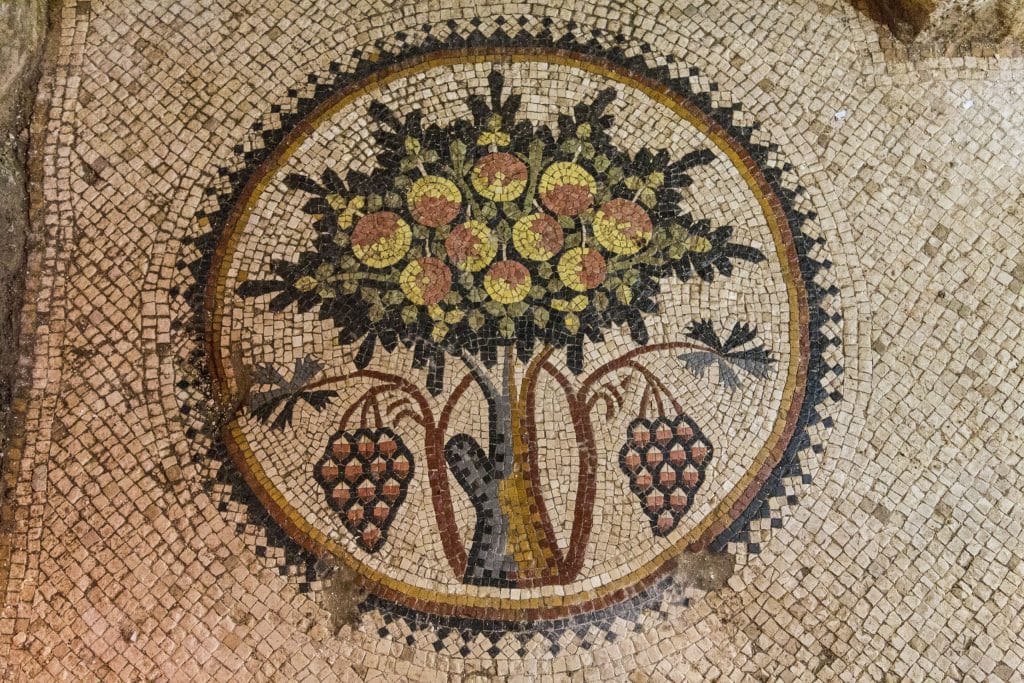
When you finish exploring the Church of the Virgin Mary continue to the other major places of the Madaba Archeological Park. You will find a Roman colonnaded street dating back to the flourishing days of the King’s Highway. Other notable places are: Burnt palace, Hippolytus Hall, Church of the Prophet Elias & Crypt of Saint Elianus, Sunna Church, Church of Salayta Family and the Holy Martyrs Church.
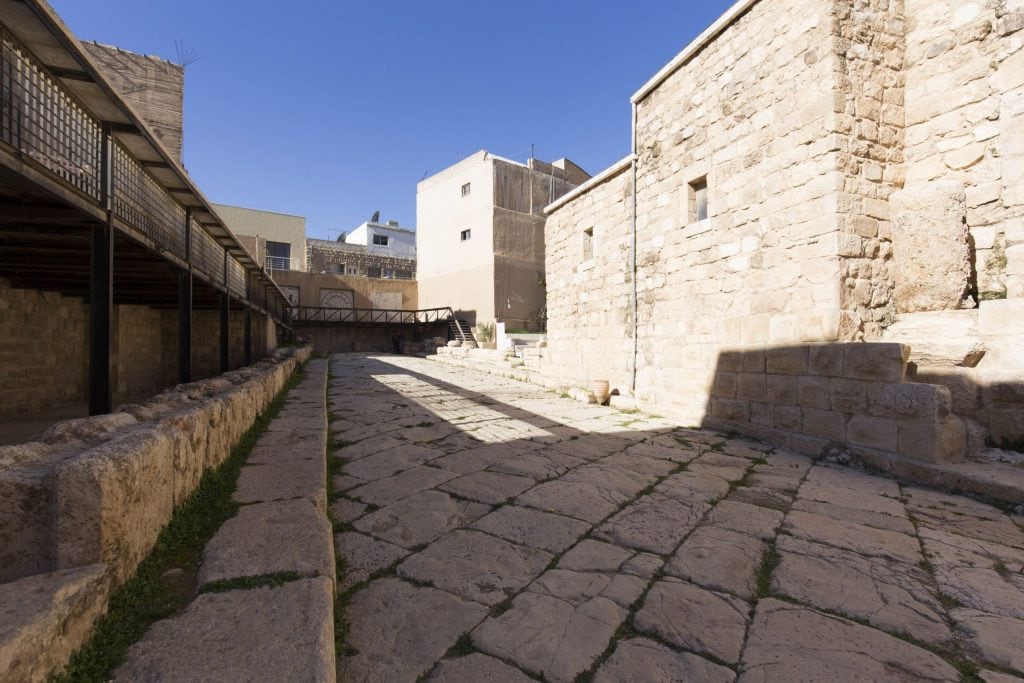
The City of Mosaics, another name for Madaba, is most known for its mosaic which shows a map of the area in the 6th century. It’s located in the Basilica of Saint George which is also called the Church of the Map. This map is of great importance for understanding the region as it depicts cities, nature, the dead sea and all kinds of major other points of interest including the King’s Highway. The mosaic is built from over 2 million pieces of stone in a wide range of colors. When you finish exploring the map continue towards the Shrine of Beheading of Saint John the Baptist. A beautiful church where you can see Roman remains and climb the bell tower for a nice view over Madaba. The last stop in Madaba is at The Church of the Apostles.
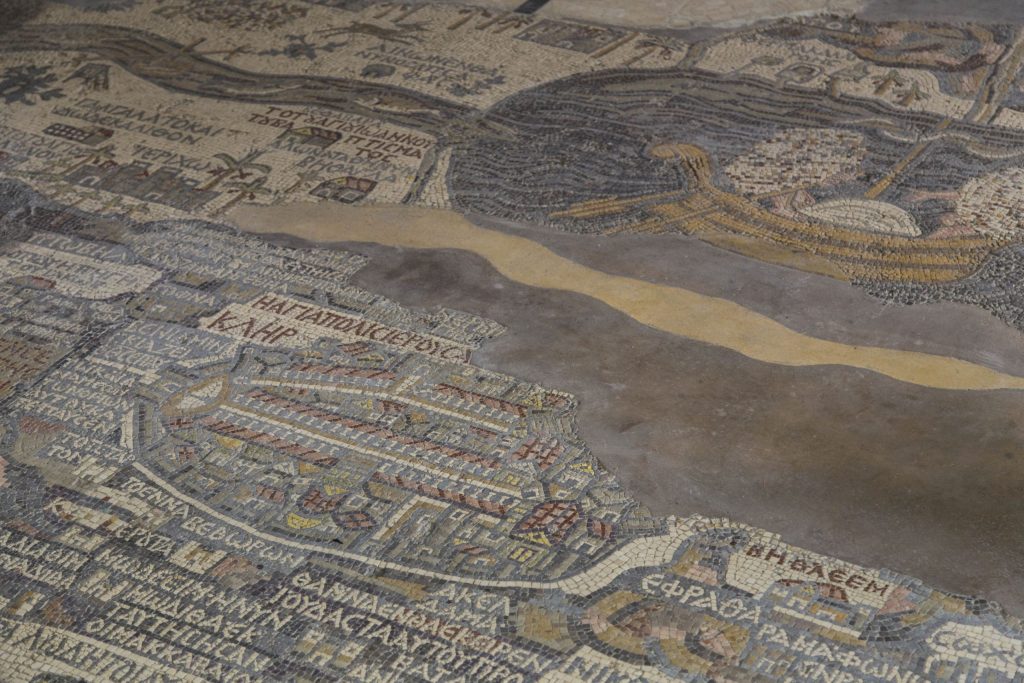
The Church of the Apostles is located at the edge of Madaba center; you could also take the car there for a short stop before continuing the drive over the King’s Highway. This Byzantine church has its roots in the mid-6th century AD. The church contains one of the best preserved mosaics of Madaba. Various plants, animals and the personification of the sea, which is a woman in the sea with mythical creatures around it. From here you can continue directly on the King’s Highway towards Umm ar-Rasas.

Umm ar-Rasas
Umm ar-Rasas (or Um er-Rasas) is a UNESCO World Heritage Site and a place where various civilizations mixed. The remains are from Roman, Byzantine and Muslim origin and contain churches, military buildings and others. The place is near the King’s Highway and a must see if you drive it. To see the important places will not take more as 30-40 minutes.
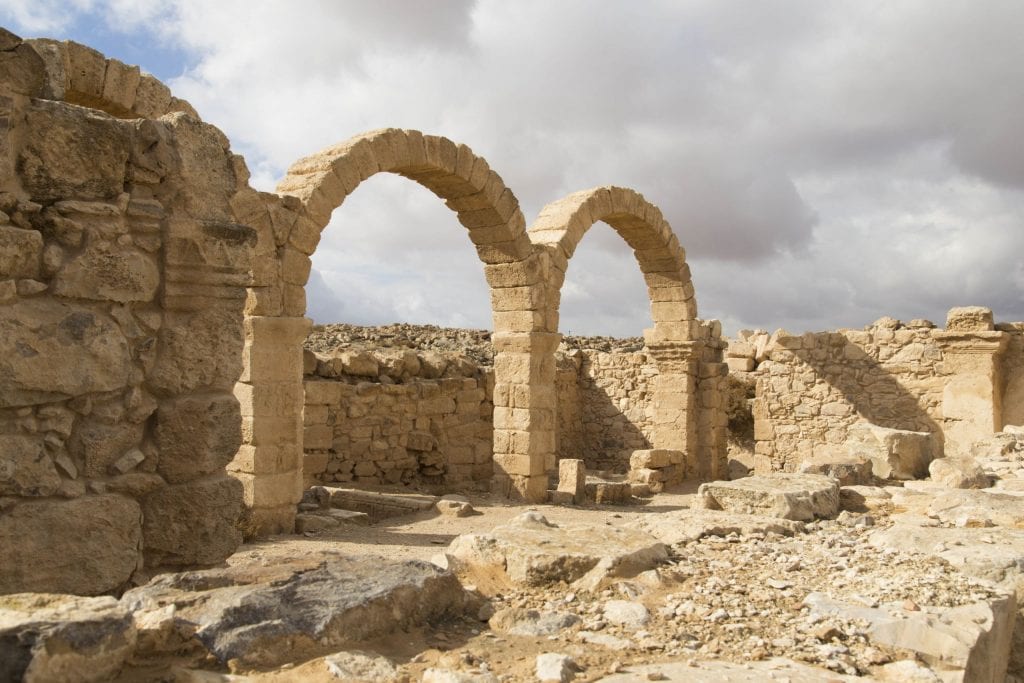

The site is most famous for the mosaic floor of the Church of St. Stephen as it’s the largest mosaic floor in all of Jordan and almost fully intact. You will see pictures of flowers, animals and various cities of the region. It’s very beautiful and I was very surprised by the conservation state. It dates back to the end of the 8th century and was just discovered again a century later. The site is still excavated today and more things are found all the time. We finished quite quickly and we were the only visitors. We continued the King’s Highway to Kerak, to see the crusaders castle.
Kerak Castle
Kerak Castle was one of the most important crusader castles in the region. Located on the King’s Highway it could influence trade and also to the west the Dead Sea and to the east the Bedouins. It was constructed in the mid-12th century and has an immense underground complex of halls, living quarters and stables. This part is of particular interest to explore, dark corridors, rooms without windows. Feel the darkness of how the people must have lived there.
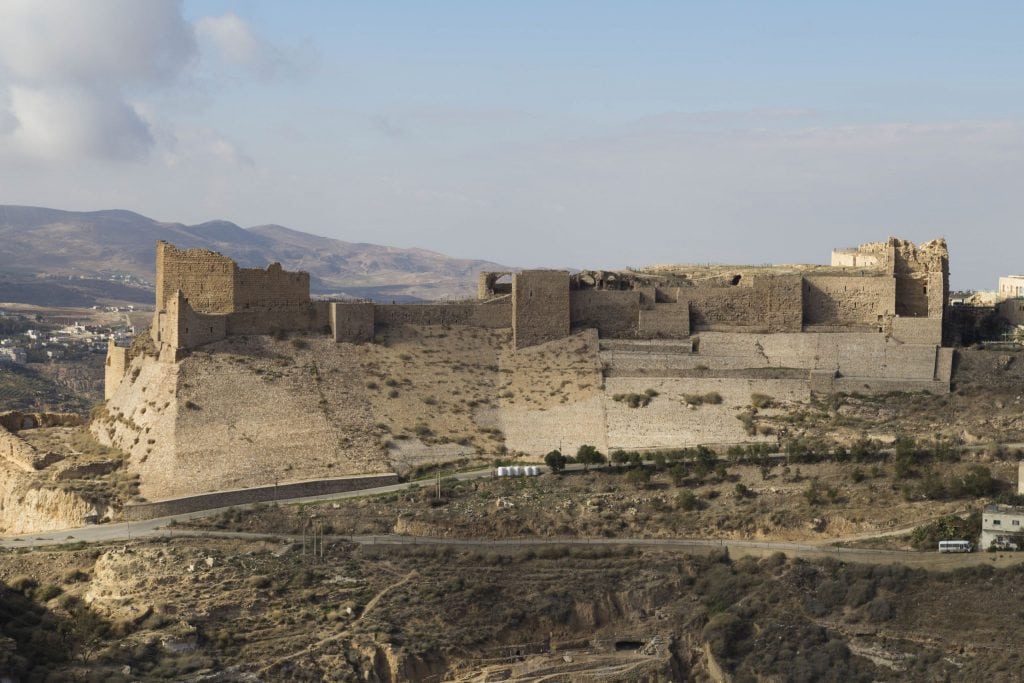
Over time the castle was used by various civilizations and rulers. Because of that you find different styles of architecture. The castle entrance is over a deep moat which kind of split the rock in the natural rock and the castle. The natural rock is now built full with modern Kerak. When you finished exploring all the passage ways you can visit the museum on the site. We explored the site in just over an hour after which we had to continue our drive over the King’s Highway.
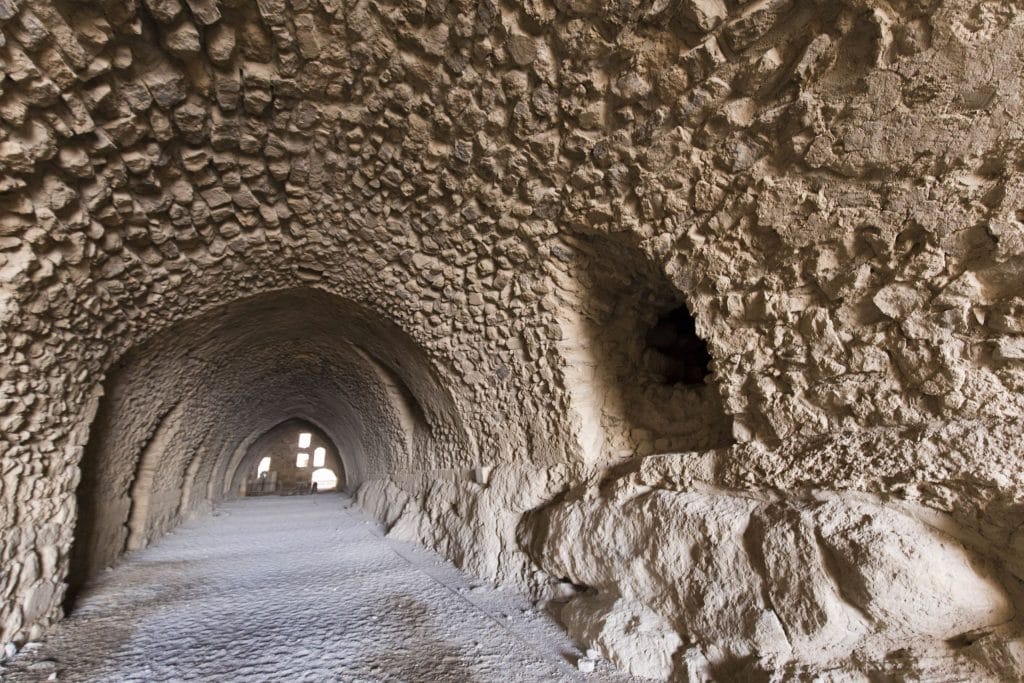
The King’s Highway continues towards Petra and there are some other places of interest but we drove towards the Dead Sea and we took the lower route to Aqaba which was quicker. On the way we enjoyed some of the nicer sunsets in Jordan over the Dead Sea and we arrived around dinner time in Aqaba.
Stay tuned for more stories and subscribe to the newsletter or follow CTB on social media (Facebook, Twitter, Instagram including Instagram stories; on all social media you can find CTB @christravelblog) to get updated information.
Did you visit Jordan and drive the King's Highway too or do you have questions? Please leave a comment at the bottom of the page. Love to hear from you!
Gallery King’s Highway
Click an image for a full screen gallery of more photos taken during this trip. If you like to use any photo for commercial, private or editorial use please contact first for permission and/or pricing.


